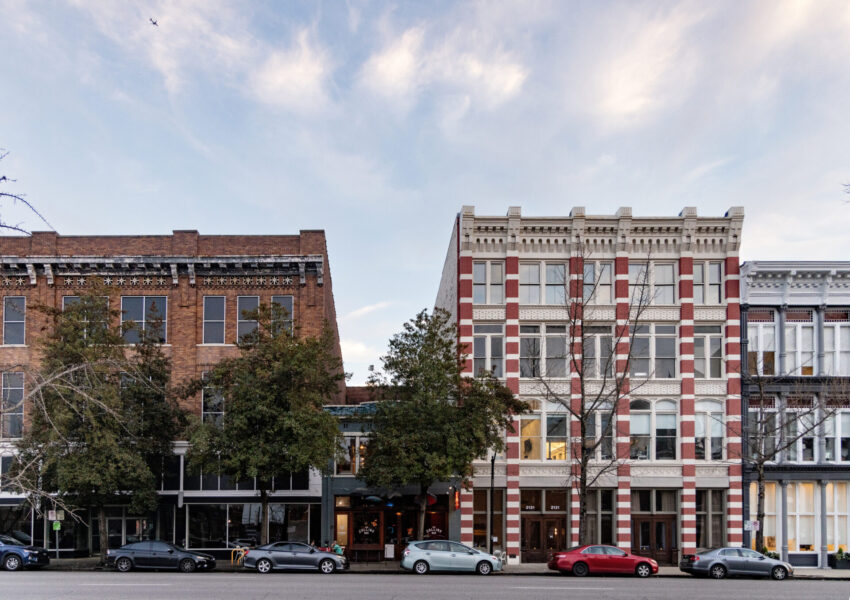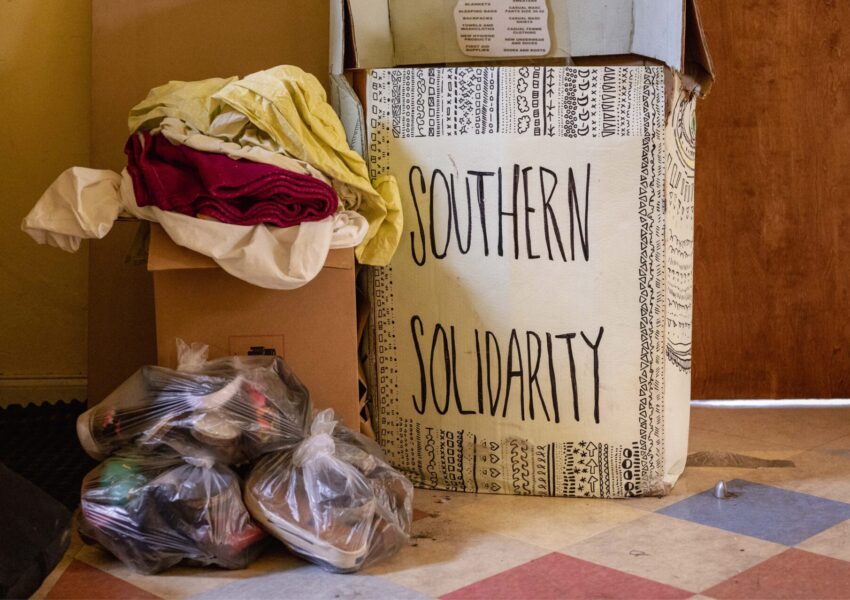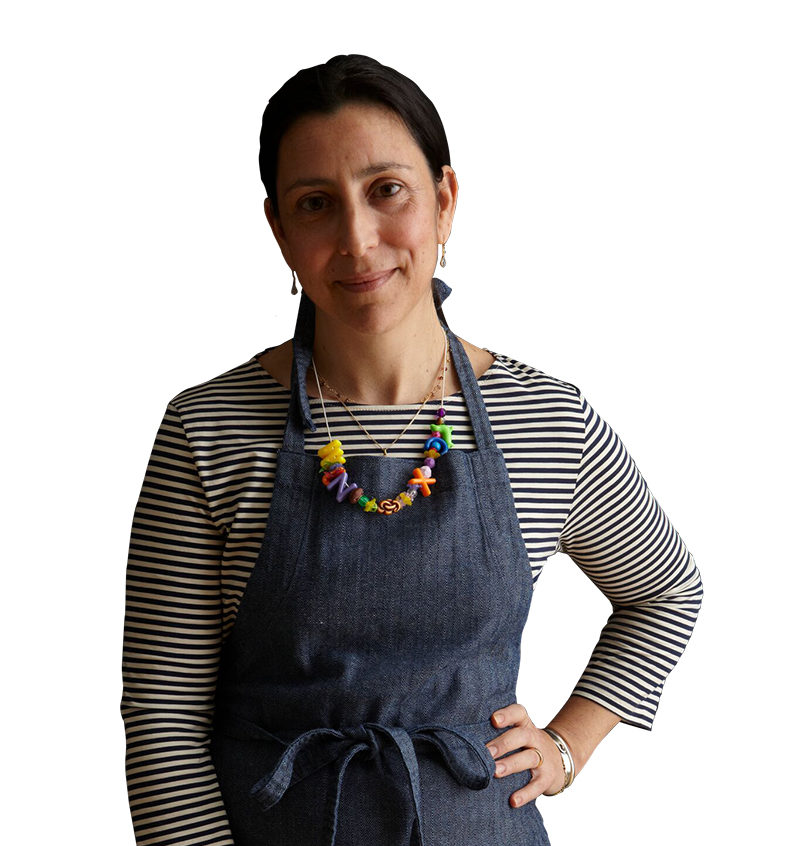When Josie and Louis Middendorf opened Middendorf’s Restaurant in 1934, Manchac was a small but thriving fishing village. A canal served as a main thoroughfare, until the interstate system came through, moving homes and waters with it. Manchac was always too small to have a school. Kids were bussed instead to Ponchatoula and LaPlace—and then they would return to their pirogues, their palmetto shacks or houses built on pylons, their bathing-suit summers, their lives on the water.
For roughly its first twenty years, Middendorf’s was one of several local restaurants, all of them seafood-focused. Work lay literally out a fisherman’s front door: the village clusters along both banks of Pass Manchac. Catfish, shrimp, and crabs are the most prominent and beloved catches, but these Louisiana waters of shifting salinity and their adjacent swamps support all kinds of sea life.
At Reno’s Seafood market, which still operates steps from Middendorf’s, Dunk Reno also sells locally caught snapping turtles, crawfish, alligator, frog legs, bait of all kinds, and whatever fresh fish comes off the boats. His son, Hayden, is one of Manchac’s last commercial fishermen. While neither man predicts a resurgence of the fishing industry here, both brim with a love of place and an optimism that, as long as the waters remain, so shall Manchac.
It’s not entirely accurate to say that Middendorf’s and Manchac are one and the same today—Dunk Reno’s market, the sandwich shop Fatboy’s Seafood Kitchen (operated by Hayden Reno’s wife, Debbie), and a strong recreational fishing industry contribute significantly to the local economy. But Middendorf’s is indeed the town’s calling call, a community anchor, and by all accounts it was from the beginning. For proof, you need only to ask longtime waitresses Wanda Cortez and Lois Sykes how long it takes to wear down a pair of SAS shoes. Or listen to retired hostess Deloris Reno laugh about showing up for her first shift in high heels. Or talk to fish-frying maven Elaine Carter about keeping up with the kitchen’s thirteen deep fryers. Or, better yet, show up at 10:15 a.m. on any given Sunday and join the crowds already gathering on asphalt and benches, appetites focused on the thin-cut fried catfish that put Middendorf’s on the map back in the 1930s. Roughly 2,500 customers pass through Middendorf’s on a typical, non-holiday Sunday. The kitchen processes about 2,000 pounds of catfish fillets a week, not to mention the bowls of turtle soup, stuffed crab platters, broiled oysters, and fried chicken dinners.
~ Sara Roahen













